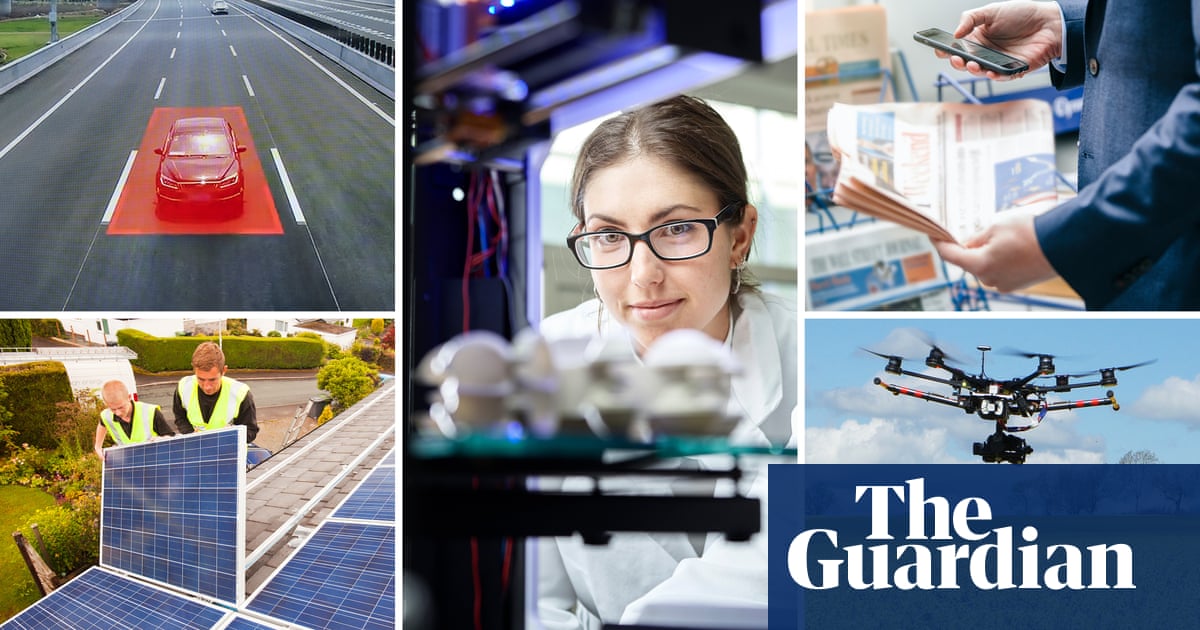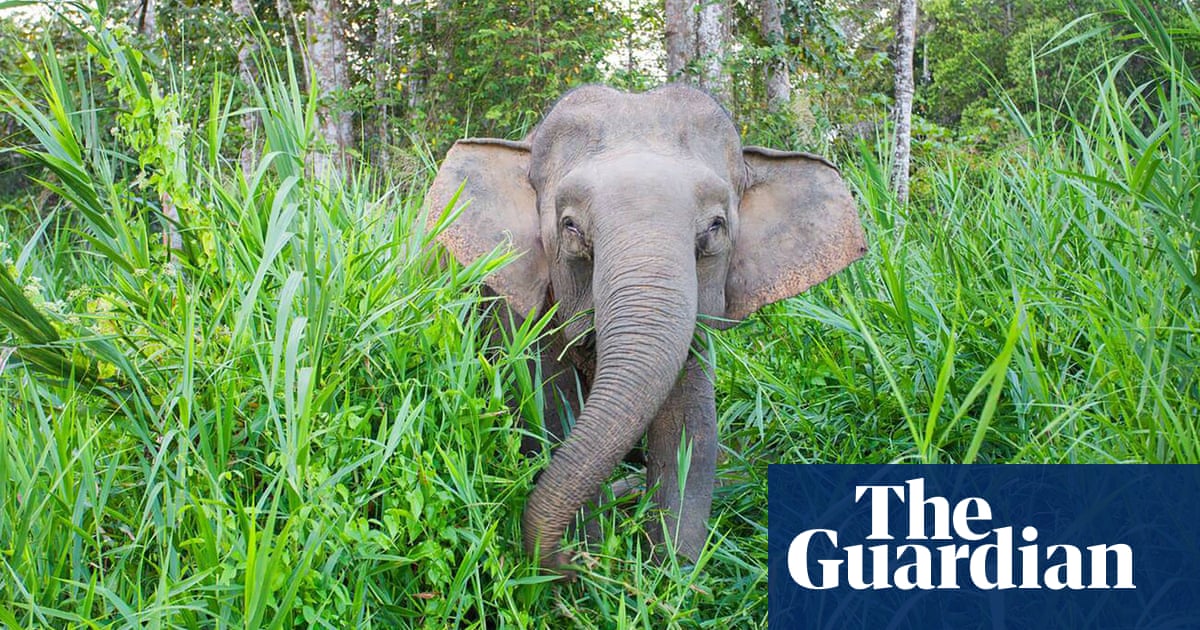
There’s a strand of thinking, from sci-fi films to Stephen Hawking, that suggests artificial intelligence (AI) could spell doom for humans. But conservationists are increasingly turning to AI as an innovative tech solution to tackle the biodiversity crisis and mitigate climate change.
A recent report by Wildlabs.net found that AI was one of the top three emerging technologies in conservation. From camera trap and satellite images to audio recordings, the report notes: “AI can learn how to identify which photos out of thousands contain rare species; or pinpoint an animal call out of hours of field recordings – hugely reducing the manual labour required to collect vital conservation data.”
AI is helping to protect species as diverse as humpback whales, koalas and snow leopards, supporting the work of scientists, researchers and rangers in vital tasks, from anti-poaching patrols to monitoring species. With machine learning (ML) computer systems that use algorithms and models to learn, understand and adapt, AI is often able to do the job of hundreds of people, getting faster, cheaper and more effective results.
Here are five AI projects contributing to our understanding of biodiversity and species:
1. Stopping poachers
Zambia’s Kafue national park is home to more than 6,600 African savanna elephants and covers 22,400 sq km, so stopping poaching is a big logistical challenge. Illegal fishing in Lake Itezhi-Tezhi on the park’s border is also a problem, and poachers masquerade as fishers to enter and exit the park undetected, often under the cover of darkness.
The Connected Conservation Initiative, from Game Rangers International (GRI), Zambia’s Department of National Parks and Wildlife and other partners, is using AI to enhance conventional anti-poaching efforts, creating a 19km-long virtual fence across Lake Itezhi-Tezhi. Forward-looking infrared (FLIR) thermal cameras record every boat crossing in and out of the park, day and night.
Installed in 2019, the cameras were monitored manually by rangers, who could then respond to signs of illegal activity. FLIR AI has now been trained to automatically detect boats entering the park, increasing effectiveness and reducing the need for constant manual surveillance. Waves and flying birds can also trigger alerts, so the AI is being taught to eliminate these false readings.
“There have long been insufficient resources to secure protected areas, and having people watch multiple cameras 24/7 doesn’t scale,” says Ian Hoad, special technical adviser at GRI. “AI can be a gamechanger, as it can monitor for illegal boat crossings and alert ranger teams immediately. The technology has enabled a handful of rangers to provide around-the-clock surveillance of a massive illegal entry point across Lake Itezhi-Tezhi.”
2. Tracking water loss
Brazil has lost more than 15% of its surface water in the past 30 years, a crisis that has only come to light with the help of AI. The country’s rivers, lakes and wetlands have been facing increasing pressure from a growing population, economic development, deforestation, and the worsening effects of the climate crisis. But no one knew the scale of the problem until last August, when, using ML, the MapBiomas water project released its results after processing more than 150,000 images generated by Nasa’s Landsat 5, 7 and 8 satellites from 1985 to 2020 across the 8.5m sq km of Brazilian territory. Without AI, researchers could not have analysed water changes across the country at the scale and level of detail needed. AI can also distinguish between natural and human-created water bodies.
The Negro River, a major tributary of the Amazon and one of the world’s 10 largest rivers by volume, has lost 22% of its surface water. The Brazilian portion of the Pantanal, the world’s largest tropical wetland, has lost 74% of its surface water. Such losses are devastating for wildlife (4,000 species of plants and animals live in the Pantanal, including jaguars, tapirs and anacondas), people and nature.
“AI technology provided us with a shockingly clear picture,” says Cássio Bernardino, WWF-Brasil’s MapBiomas water project lead. “Without AI and ML technology, we would never have known how serious the situation was, let alone had the data to convince people. Now we can take steps to tackle the challenges this loss of surface water poses to Brazil’s incredible biodiversity and communities.”
3. Finding whales
Knowing where whales are is the first step in putting measures such as marine protected areas in place to protect them. Locating humpbacks visually across vast oceans is difficult, but their distinctive singing can travel hundreds of miles underwater. At National Oceanic and Atmospheric Association (Noaa) fisheries in the Pacific islands, acoustic recorders are used to monitor marine mammal populations at remote and hard-to-access islands, says Ann Allen, Noaa research oceanographer. “In 14 years, we’ve accumulated around 190,000 hours of acoustic recordings. It would take an exorbitant amount of time for an individual to manually identify whale vocalisations.”
In 2018, Noaa partnered with Google AI for Social Good’s bioacoustics team to create an ML model that could recognise humpback whale song. “We were very successful in identifying humpback song through our entire dataset, establishing patterns of their presence in the Hawaiian islands and Mariana islands,” says Allen. “We also found a new occurrence of humpback song at Kingman reef, a site that’s never before had documented humpback presence. This comprehensive analysis of our data wouldn’t have been possible without AI.”
4. Protecting koalas
Australia’s koala populations are in serious decline due to habitat destruction, domestic dog attacks, road accidents and bushfires. Without knowledge of their numbers and whereabouts, saving them is challenging. Grant Hamilton, associate professor of ecology at Queensland University of Technology (QUT), has created a conservation AI hub with federal and Landcare Australia funding to count koalas and other endangered animals. Using drones and infrared imaging, an AI algorithm rapidly analyses infrared footage and determines whether a heat signature is a koala or another animal. Hamilton used the system after Australia’s devastating bushfires in 2019 and 2020 to identify surviving koala populations, particularly on Kangaroo Island.
“This is a gamechanger project to protect koalas,” says Hamilton. “Powerful AI algorithms are able to analyse countless hours of video footage and identify koalas from many other animals in the thick bushland. This system will allow Landcare groups, conservation groups and organisations working on protecting and monitoring species to survey large areas anywhere in Australia and send the data back to us at QUT to process it.
“We will increasingly see AI used in conservation,” he adds. “In this current project, we simply couldn’t do this as rapidly or as accurately without AI.”
5. Counting species
Saving species on the brink of extinction in the Congo basin, the world’s second-largest rainforest, is a huge task. In 2020, data science company Appsilon teamed up with the University of Stirling in Scotland and Gabon’s national parks agency (ANPN) to develop the Mbaza AI image classification algorithm for large-scale biodiversity monitoring in Gabon’s Lopé and Waka national parks.
Conservationists had been using automated cameras to capture species, including African forest elephants, gorillas, chimpanzees and pangolins, which then had to be manually identified. Millions of pictures could take months or years to classify, and in a country that is losing about 150 elephants each month to poachers, time matters.
The Mbaza AI algorithm was used in 2020 to analyse more than 50,000 images collected from 200 camera traps spread across 7,000 sq km of forest. Mbaza AI classifies up to 3,000 images an hour and is up to 96% accurate. Conservationists can monitor and track animals and quickly spot anomalies or warning signs, enabling them to act swiftly when needed. The algorithm also works offline on an ordinary laptop, which is helpful in locations with no or poor internet connectivity.
“Many central African forest mammals are threatened by unsustainable trade, land-use changes and the global climate crisis,” says Dr Robin Whytock, post-doctoral research fellow at the University of Stirling. “Appsilon’s work on the Mbaza AI app enables conservationists to rapidly identify and respond to threats to biodiversity. The project started with 200 camera traps in Lopé and Waka national parks in Gabon but, since then, hundreds more have been deployed by different organisations across west and central Africa. In Gabon, the government and national parks agency are aiming to deploy cameras across the entire country. Mbaza AI can help all these projects speed up data analysis.”












